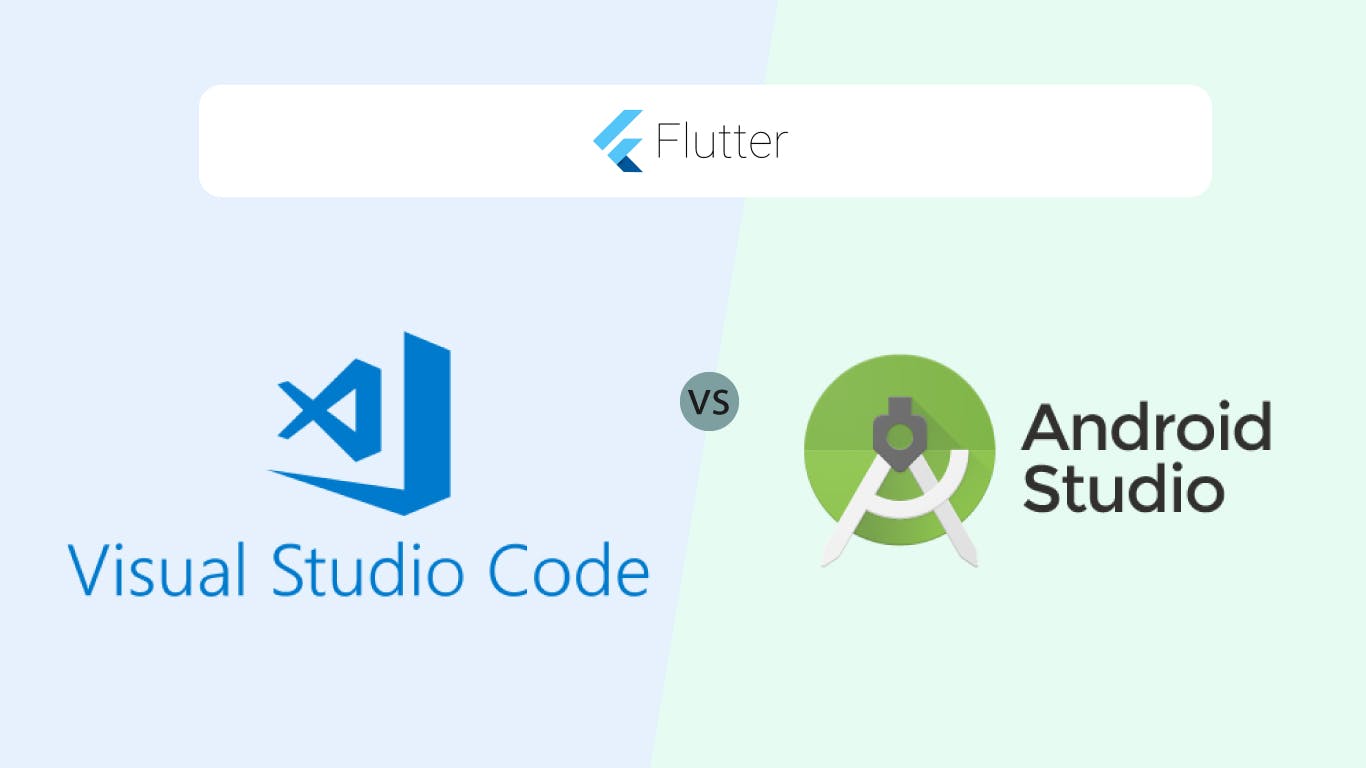Syllabus for learning Flutter
Flutter is a UI toolkit developed by Google and its demands are increasing tremendously. If you want to become a Flutter mobile App developer, you’re at right place. This blog gives you the basics knowledge of how to start with Mobile Development.
Dev Environment

Choose either of this IDE from above and give a play around the plugins and shortcuts which save your time in the future. Learn the habit of using version controls. The most famous one is “Git”.
Dart Introduction
Dart is a programming language designed for client development, paired with a flexible execution runtime platform for app frameworks. Google develops it. The goal of Dart is to provide a multi-platform development such as Desktop, Mobile, Web.
Types, Syntaxes, Class
Object - Oriented programming
Constructors
Methods(Functions), Loops, Lists, Named parameters
Once you’re done with the IDE and programming language, you must be familiar with the widgets available in Flutter.
Stateless Widget vs Stateful Widget
In Stateless Widget the build function called only once, which makes the User Interface of the Screen, but whereas the Stateful Widget build functions can alter in the future, they are mutable.
Styles
However, these comes along with the flutter installation
Material
Cupertino
Assets
This comes to play a role when you need to custom your font style, images, audio and video in-order to design your apps. Below you can find an example of a custom font.
fonts:
- family: Schyler
fonts:
- asset: fonts/Schyler-Regular.ttf
- asset: fonts/Schyler-Italic.ttf
style: italic
Packages
dependencies:
flutter:
sdk: flutter
cupertino_icons: ^1.0.2
The code example given above is the place where you can add your packages. This piece of code will be present in pubspec.yaml
Animation
This comes handy when you want users to have fun with your app with attractive animations and motions. There are some widgets which help you out to kick start with Animations.
Animated Align
Animated Container
Hero
Animated Opacity
Animated Widget
Stage-management in Flutter
Using the state management, you will reduce your code and make your app more dynamic.
Provider
GetX
BloC
Riverpod
HTTP Flutter
Working with Json
Function references
Issuing HTTP requests
Send Data
Fetch Data using HTTP
Navigation
Navigator.pushReplacement(
context, MaterialPageRoute(builder: (b) => FirstScreen()));
In the above code, the pushReplacement means you don’t need the user to navigate back to the previous screen.
Navigator.push(
context, MaterialPageRoute(builder: (b) => FirstScreen()));
Push means there is an availability of navigating to the previous screen.
You can also use pushNamed, pop, popNamed etc...
Firebase
It’s a Google product which requires a special note. It will be useful when you want to have authentication, analytics for quality assurance, notification and storage. This is the most used database service for Flutter App.
Other Databases
Other than firebase you can also prefer below listed database
SQLite
Moor
NoSQL
MongoDB
Why Firebase?
I prefer Firebase because you have an easy way to start with authentication such as
Google Singin
Email and password Singin
Forget Password
Website Hosting
You can host your flutter web app at
The below given sites are useful to host your flutter Web Application
GitHub pages,
Google Cloud hosting,
Firebase Hosting.
Heroku
You can also work with finding location, connectivity, geo-coding, reverse coding, payment by using API’s and packages.
Conclusion
Do you find the blog useful? If so, share with your friends ! 🌟